

Interest rates on hold, but for how long? The latest inflation results showed slowing, but not at the speed the RBA would like. If there is any movement, it may be an increase rather than a decrease in the short term.
Cash Rates, Inflation, Wages Growth and Asset Pricing
- On 7 May 2024, the RBA left the cash target rate unchanged at 4.35%, with its exchange settlement balances also unchanged at 4.25%. Inflation slowed but remains persistently higher than the target range. While unemployment remains at historically low levels, there are some growth issues with Australia’s global trading partners, which appears to be one of the main reasons for the RBA not lifting the interest rates further.
- In deciding to maintain rates unchanged this month, the RBA commented, “Recent data indicate that, while inflation is easing, it is doing so more slowly than previously expected, and it remains high. The Board expects that it will be some time yet before inflation is sustainably in the target range and will remain vigilant to upside risks. The path of interest rates that will best ensure that inflation returns to target in a reasonable timeframe remains uncertain, and the Board is not ruling anything in or out.”
- The most recent RBA Chart released on 8 May 2024 shows a growing divergence in the fortunes of our growth partners; in particular, India continues to grow while China has faltered. Australia’s GDP growth appears to be tending down in recent quarters across mining and non-mining sectors. Inflation is trending down but still well above the sustainable target range. The savings ratio and house consumption are slowing, while consumer sentiment is at an all-time low.
Exhibit 1: GDP, Inflation and RBA Cash Rate

Exhibit 2: Wage Growth and Unemployment
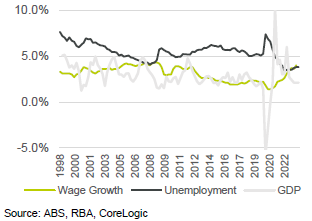
Exhibit 3: Annual House Price Movements
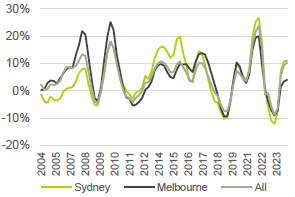
Funding Costs
- Following the latest inflation results, lenders took the opportunity to lift future rates. This contradicts the forecast consensus, which still appears to be promoting a rise in rates over the next year, followed by a cut in the 2-to-5-year period.
Exhibit 4: Reserve Bank of Australia Assets
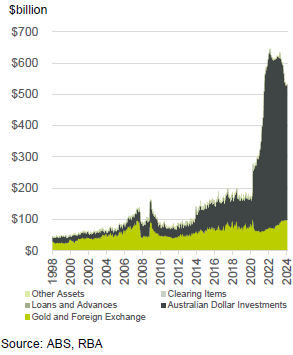
Exhibit 5: Australian Government Bond Yield
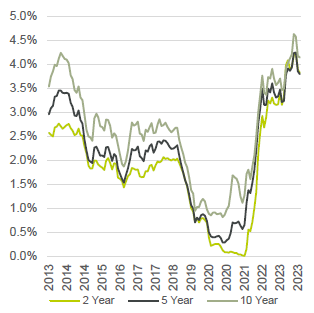
Exhibit 6: Household Income and Consumption
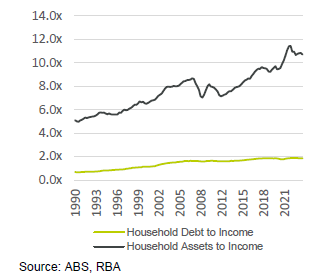
Exhibit 7: Housing Loan Commitments
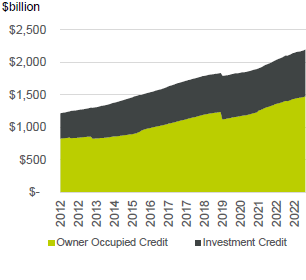
Implications on Interest Rate Outlook
- Consensus forecasts expect a potential short-term rise followed by a gradual reduction in interest rates. While we do expect the possibility of a single rate rise, we don’t expect that interest rates will materially lower anywhere near the ultra-low rates that we had leading into the COVID-19 period.
Exhibit 16: Impact of Interest Rate Forecasts and Fixed Rates on $1 million borrowing
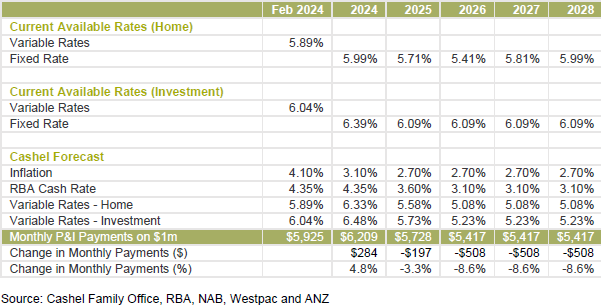
Recommended Strategies
- Consider splitting rates between variable and 3 years fixed – hedge your bets. Given the current and forecast variable rates, the 3-year fixed rates for investment and home loans look attractive compared to the variable and longer-term rates. For many Borrowers, it will be lower than their current variable rates and provide a hedge against any unexpected interest rate rises. At the same time, maintaining some variable exposure will provide some upside should the rates decline (as many hope) and you wish to accelerate repayments (particularly for non-tax effective home loans).
- Be vigilant about your interest rates. If you are not already paying the lowest variable, you should look to do so. We can aid you with renegotiating with your current lender or refinancing with a new lender. There is typically a saving of 0.5-1.5% based on refinancing.
- Position for opportunities. While there appears to be ongoing bad news in some areas of housing and business, we know that this is often a lagged reflection of where we have been and not where we are going. As such, you should consider the effect of news on market sentiment as an opportunity to invest when prices and vendors are beaten up.
- Ensure your finance application is ready! As a self-employed applicant, if you have not prepared and lodged your 2023 tax returns, you should do so. Lenders will require these before providing finance to you in 2024.
Contact your Cashel Relationship Manager for help and advice on any of these strategy recommendations.









